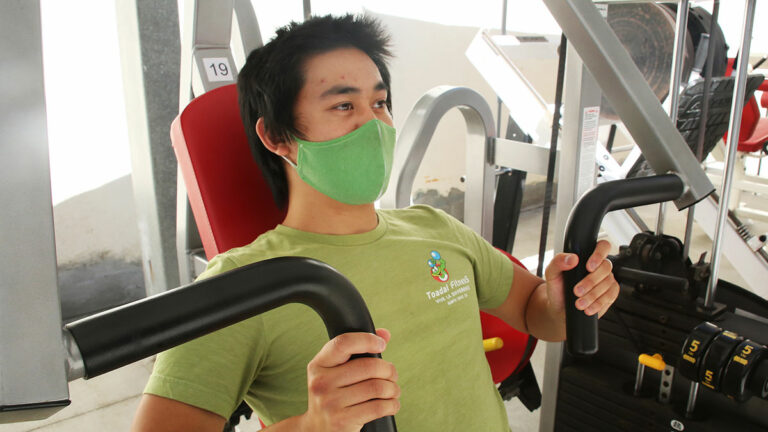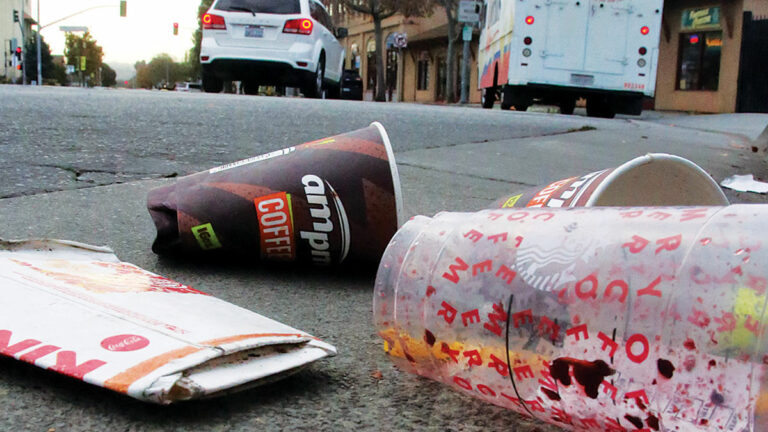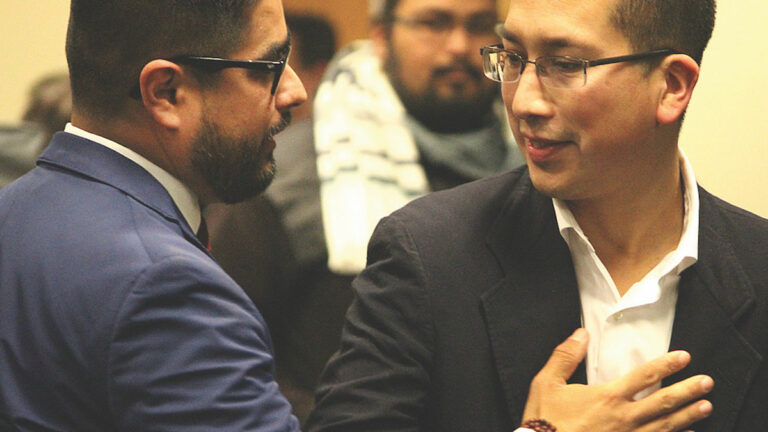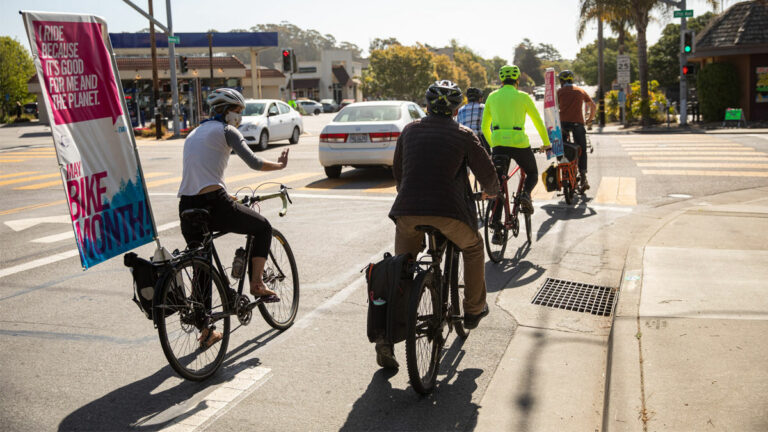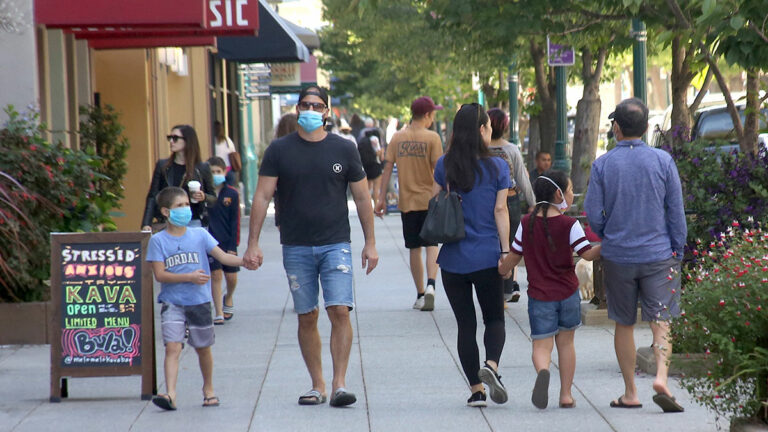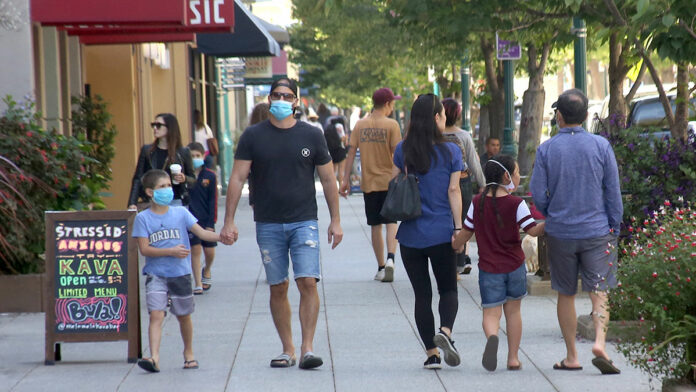Find local businesses and groups for all your home and garden needs:
Allterra Solar
207-B McPherson St., Santa Cruz
831-425-2608, allterrasolar.com
American Leisure Patio
1118 Ocean St., Santa Cruz
831-423-2425, americanleisurepatio.com
Annieglass
310 Harvest Drive, Watsonville
800-347-6133, annieglass.com
APPI Pool and Spa
1527 Commercial Way B, Santa Cruz
831-476-6363, appipool.com
Aptos Landscape Supply
5025 Freedom Blvd., Aptos
831-688-6211, aptoslandscapesupply.com
Aptos Feed and Pet Supply
7765 Soquel Drive, Suite C, Aptos
831-685-3333
Artisans and Agency
1368 Pacific Ave., Santa Cruz
831-423-8183, artisanssantacruz.com
A Tool Shed
3700 Soquel Ave., Santa Cruz
831-477-7133, atoolshed.com
Batteries Plus
101 Mt. Hermon Road, Scotts Valley
831-439-6720, batteriesplus.com
Bay Federal Credit Union
3333 Clares St., Capitola;
48 Rancho Del Mar, Aptos;
2028 Freedom Blvd., Freedom;
420 River St., Santa Cruz;
255 Mount Hermon Rd., Scotts Valley;
1481 Main St., Watsonville;
831-479-6000, bayfed.com
Bay Plumbing Supply
2776 Soquel Ave., Santa Cruz
831-475-2900, bayplumbingsupply.com
Bogner Sheet Metal
142 Benito Ave., Santa Cruz
831-423-4322, bognersheetmetal.com
Botanic and Luxe
701 Front St., Santa Cruz
831-515-7710, botanicandluxe.com
Brass Key Locksmith
220-A Mt. Hermon Road, Scotts Valley
831-438-4904, brasskeylocksmith.com
Brezsny Associates, Sereno Group Real Estate
brezsnyassociates.com
Caroline’s
8047 Soquel Drive, Aptos
831-662-0327, carolinesnonprofit.org
Carpet One Floor and Home
6000 Soquel Ave., Santa Cruz
831-295-5850, carpetonesantacruz.com
Center Street Antiques
3010 Center St., Soquel
831-477-9211, centerstreetantiques.com
Central Home Supply
808 River St., Santa Cruz, 831-201-6167;
180 El Pueblo Road, Scotts Valley, 831-201-6178;
centralhomesupply.com
City of Santa Cruz Public Works
831-420-5160, cityofsantacruz.com/government/city-departments/public-works
Clark’s Auction Co.
56 Old El Pueblo Road, Scotts Valley
831-706-8776, clarksauctions.com
Couch Potato
3131 Soquel Drive, Soquel
831-462-4636, cpotato.com
Cypress Coast Fence
836 Walker St., Watsonville
831-783-1500, cypresscoastfence.com
Dell Williams
1320 Pacific Ave., Santa Cruz
831-423-4100, dellwilliams.com
Dig Gardens
7765 Soquel Drive, Aptos, 831-688-7011;
420 Water St., Santa Cruz, 831-466-3444;
diggardens.com
Dominican Oaks
3400 Paul Sweet Road, Santa Cruz
831-462-6257, dominicanoaks.com
Drapery Enterprises
831-458-2578, draperyenterprises.com
Dreamscape Creative Landscape Solutions
P.O. Box 3192, Santa Cruz
831-476-6800, dreamscape-cls.com/services
Ecology Action
877 Cedar St., Suite 240, Santa Cruz
831-426-5925, ecoact.org
Expert Plumbing
2551 S. Rodeo Gulch Road, Suite 7, Soquel
831-316-7338, expertplumbingca.com
Far West Nursery
2669 Mattison Lane, Santa Cruz
831-476-8866, farwestnursery.com
First Alarm Security and Patrol
1111 Estates Drive, Aptos
831-685-1110
Flower Bar
912 Cedar St., Santa Cruz
831-225-0520, flowerbarsantacruz.com
Fybr Bamboo
1528 Pacific Ave., Santa Cruz
831-423-3927, shopfybr.com
The Garden Company
2218 Mission St., Santa Cruz
831-429-8424, thegardenco.com
General Feed and Seed
1900 Commercial Way, # B, Santa Cruz
831-476-5344
Goodwill
ccgoodwill.org
Graniterock
303 Coral St., Santa Cruz, 831-471-3400;
540 West Beach St., Watsonville, 831-768-2500;
graniterock.com
Home/Work
1100 Soquel Ave., Santa Cruz
831-316-5215, shophomework.com
Hot Springs Spas of Santa Cruz
707 River St., Santa Cruz
831-425-7727, hotspring.com
IBEW
10300 Merritt St., Castroville
831-633-2311, ibew234.org
Illuminée
402 Ingalls St., #23, Santa Cruz;
719 Swift St., #59, Santa Cruz,
831-423-1121, illuminee.com
Interlite Skylight
420 Kennedy Drive, Capitola
831-462-1700, interliteskylight.com
Interior Vision Flooring & Decorating
2800 Daubenbiss Ave., Soquel
831-219-4484, interiorvision.biz
Ironhorse Home Furnishings
925 41st Ave., Santa Cruz
831-346-6170, ironhorsehomefurnishings.com
J.C. Heating & Air Conditioning
831-475-6538, jcheatingsc.com
Joshua Zelmon Stone Design
180 Little Creek Road, Soquel
831-818-0111, site.joshuazelmonstonedesign.com
Kathy Runyon, Monterey Bay Properties
620 Capitola Ave., Capitola
831-325-7300, kathyrunyon.com
K&D Landscaping
62c Hangar Way, Watsonville
831-728-4018, kndlandscaping.com
Kimberly Parrish, David Lyng Real Estate
1041 41st Ave., Santa Cruz
831-421-1177, parrishsellssantacruz.com
KindPeoples
533 Ocean St., Santa Cruz, 831-515-4114;
3600 Soquel Ave., Santa Cruz, 831-471-8562;
kindpeoples.com
Knox Roofing & Garden Box
46-A El Pueblo Road, Scotts Valley
831-461-9430, knoxgardenbox.com
Laureen Yungmeyer, State Farm
230-F Mount Hermon Road, Scotts Valley
831-423-4700, statefarm.com
Lauren Spencer, Realtor
824 B Mission St., Santa Cruz
831-662-6522, mysantacruzrealestate.com
Lenz Arts
142 River St., Santa Cruz
831-423-1935, lenzarts.com
Locatelli’s Firewood
262 Elk St., Santa Cruz
831-423-3215
Main Street Realtors
2567 S. Main St., Soquel
831-462-4000, mainstrealtors.com
Mountain Feed and Farm Supply
9550 Hwy. 9, Ben Lomond
831-336-8876, mountainfeed.com
Mr. Sandless
831-747-7476, mrsandless.com
Native Revival Nursery
831-684-1811, nativerevival.com
Natural Selection Furniture
607 Soquel Ave., Santa Cruz
831-423-4711, naturalselectionfurnituresc.com
Om Gallery
1201 Pacific Ave., Santa Cruz
831-425-9107, omgallery.com
Outdoor Supply Hardware
1601 41st Ave., Capitola
831-316-3823, osh.com
Outside-In
7568 Soquel Drive, Aptos
831-684-0186, outside-in.myshopify.com
Pottery Planet
2600 Soquel Ave., Santa Cruz
831-465-9216, potteryplanet.com
Redo Consign and Redesign
1523 Commercial Way, Santa Cruz
831-439-9210, redoconsign.com
Samaya’s Eco-Flooring
3155 Porter St., Soquel
831-466-9719, ecowoodfloor.com
Sandbar Solar and Electric
2656 Mission St., Santa Cruz
831-469-8888, sandbarsc.com
San Lorenzo Garden Center
235 River St., Santa Cruz
831-423-0223, sanlorenzolumber.com/garden-center
San Lorenzo Floors
3113 Scotts Valley Drive, #4534, Scotts Valley
831-461-1300, scottsvalley.abbeycarpet.com
San Lorenzo Valley Water District
13060 Hwy. 9, Boulder Creek
831-338-2153, slvwd.com
Santa Cruz County Builders
831-359-4300, santacruzbuilders.com
Santa Cruz Construction Guild
PO Box 2335, Santa Cruz
santacruzconstructionguild.us
SC41 Furniture
2701 41st Ave., Soquel
831-464-2228, sc41.com
Selesa Webster, US Bank
110 Morrissey Blvd., Santa Cruz
831-687-1224, se************@us****.com
Sierra Azul
2660 East Lake Ave., Watsonville
831-728-2532, sierraazul.com
Solar Technologies
705 N Branciforte Ave., Santa Cruz
831-200-8763, solartechnologies.com
SSA Landscape Architects
303 Potrero St., Suite 40-C, Santa Cruz
831-459-0455, ssala.com
Terra Nova Ecological Landscaping
831-425-3514, terranovalandscaping.com
Tom Ralston Concrete
241 Fern St., Santa Cruz
831-426-0342, tomralstonconcrete.com
Turk the Roofer
3330 Gross Road, Santa Cruz
831-479-9653
Wallis Woodworks
2608 Mission St., Santa Cruz
831-460-9183, walliswoodworks.com
Westside Farm and Feed
817 Swift St., Santa Cruz
831-331-4160, westsidefarmandfeed.com
Zinnias
219 Mount Hermon Road, Scotts Valley
831-430-9466, zinniasgiftboutique.com


